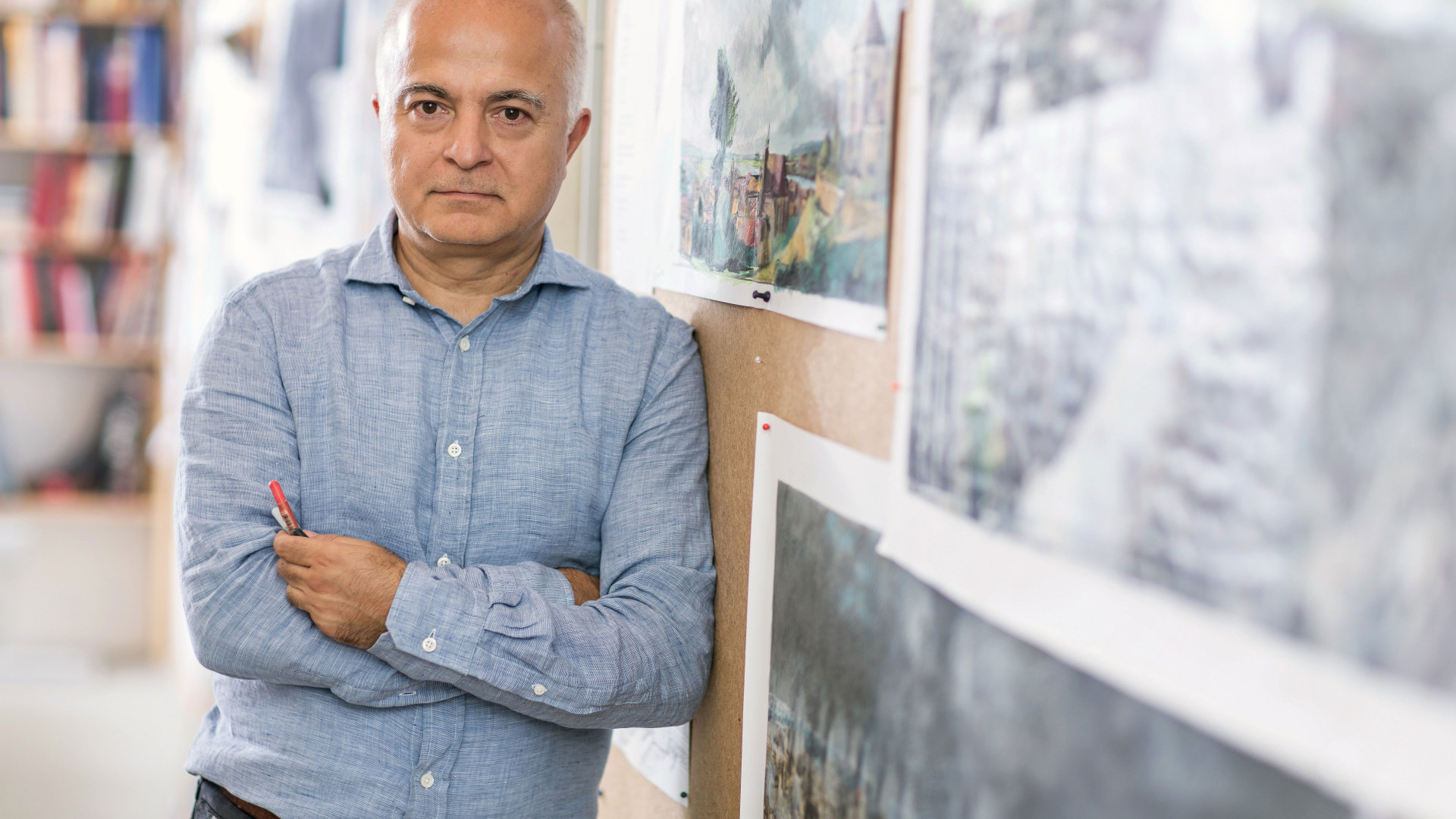Yadegar Asisi
Since 2003, the artist Yadegar Asisi, who was born in Vienna, grew up in Saxony and has lived in Berlin (West) since 1979, has been creating monumental 360° panoramas up to 32 meters high and 110 meters in circumference. What began as a project in a listed former gasometer in Leipzig has since developed into a studio with panorama houses in currently seven cities. In addition to their own houses in Leipzig, Dresden and Berlin, Yadegar Asisi's panoramas have also been on display in partner locations in Pforzheim and Rouen in France since the end of 2014, as well as in Luther city Wittenberg since 2016 and in Hanover in 2017. A second building has opened in Berlin in 2018.
As the exhibition architect of “Sehsucht" – Das Panorama als Massenunterhaltung des 19. Jahrhunderts” (Sight addiction – the panorama as mass entertainment of the 19th century) the Bundeskunsthalle in Bonn, Yadegar Asisi discovered the Panorama art space for himself in 1993. Since then, he has been exploring the possibilities of the panorama medium and continuously developing the art form. As a graduate in painting from the Berlin College of the Arts (now the University of the Arts), Asisi takes into account an academic understanding of art. He places great emphasis on perspective or the theory of form, color and pigment, among other things. “Anyone who has drawn an object has really understood it,” confesses the admirer of Renaissance painters Andrea Mantegna and Leonardo da Vinci.
Asisi composes the visually powerful panoramas from his project-related research archive of up to 50.000 photographs, drawings, sketches and painting works. For the “collection of material”, he often carries out extensive research and photographic journeys on the respective topic: e.g. to Brazil for AMAZONIA, to the Himalayas for EVEREST, to Australia for GREAT BARRIER REEF, to Turkey and the entire Mediterranean region for PERGAMON or through German and Central European countries for LEIPZIG 1813, LUTHER 1517 or DRESDEN IN THE TIME OF BAROCK. In addition, after a story board is discussed with scientists, elaborate photo shoots are carried out with amateur actors, extras and other equipment elements in order to obtain scenic images that Asisi incorporates into the basic architectural-topographical framework of the panorama.
With a great deal of effort put into scenic, historical, architectural and topographical details, Asisi uses his preliminary work and the input of his core team to create the works on the computer from countless image layers before they are printed on three-meter-wide and 32-meter-long fabric panels, assembled and installed in the circular buildings. At the climax of the panorama creation, often accompanied by an introductory exhibition, the animated panoramist finalizes the giant circular images at the exhibition site. Lighting and sound are set up with great effort for the desired basic atmosphere as well as the respective day and night sequences.
A multidisciplinary team supports Yadegar Asisi in the realization of his projects in Berlin-Kreuzberg. Around 15 employees from the areas of creation, visual design, exhibition design, 3D modeling, matte painting, architecture, costume design, editing, project and cultural management work with the artist and contribute to the creation of the panoramas.
Source: Grebe, Karsten: Renaissance eines Mediums aus dem 19. Jahrhundert (2017), https://www.asisi.de/presse/basisinformationen (Dated: November 14, 2019)


